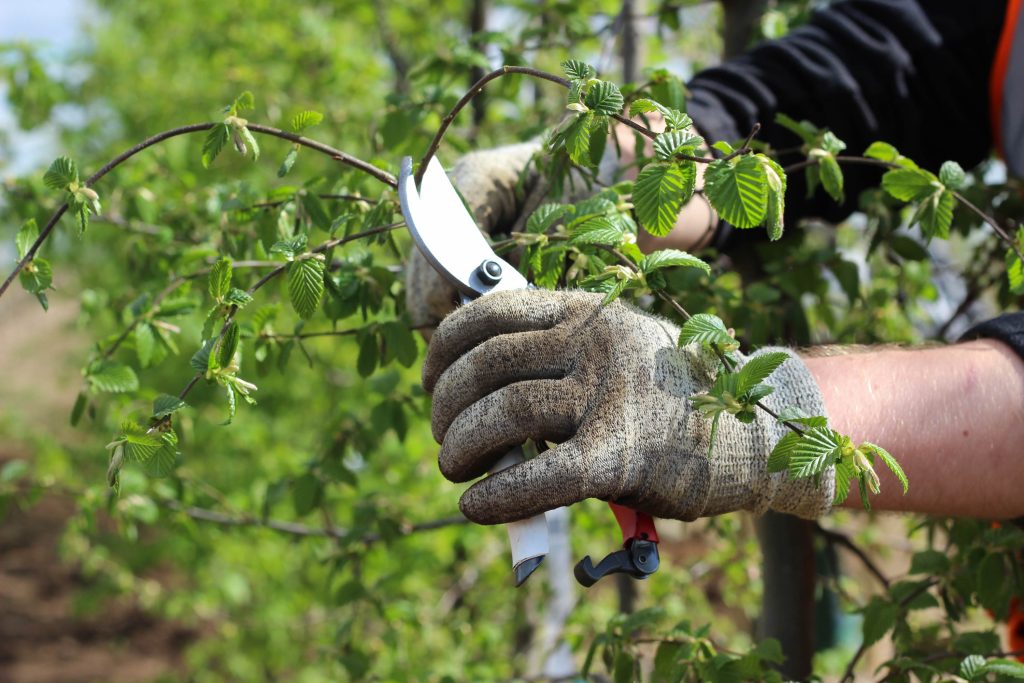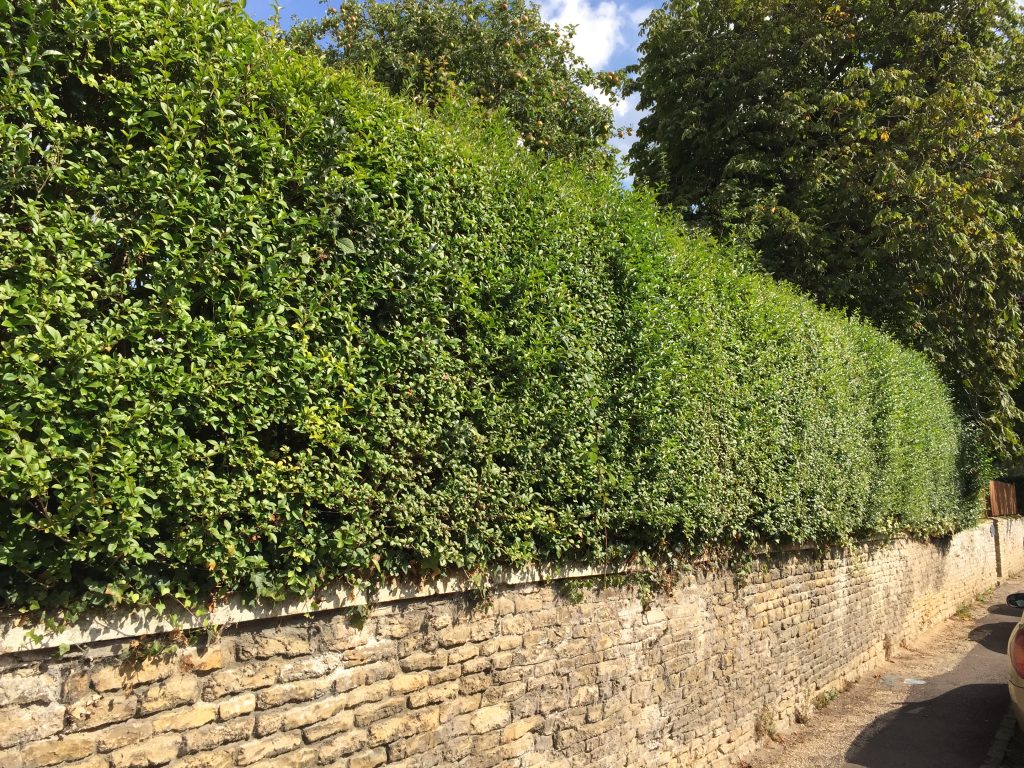Generally speaking, it is always bad news to take leaf of a tree. Leaves have the sole purpose to harvest sunlight, which can then be transformed into food through photosynthesis, so when they are removed you are depriving the tree of its ability to feed.
With this in mind, the best time to prune a deciduous tree is when it is dormant, after autumn leaf fall but before leaf emergence in the spring. There are however some exceptions to this rule, with trees such as Birch and Alder that gear up for growth early during the winter; even though you can’t notice the evidence of this! If you prune Birch too far into January the tree will drip water from the open wound and not be able to seal itself off again before a lot of hydration is lost, so our advice is to prune this genus between November and December.
When you cut a tree you are opening up an entry point for disease or frost so only prune on dry days when the temperature is above freezing.
This all seems fairly straight forward, but evergreen trees and hedges have to be treated in a totally different way as they hold leaf all year round. If you prune an evergreen tree or hedge in the autumn the plant has no ability to renew its leaves before the winter arrives, so in effect you are depriving the plant of its ability to feed efficiently throughout this period. Treat trees like hibernating animals, they don’t do a lot in winter but they tick over expending energy reserves until they can start again the next spring.

When pruning evergreens it is important to manipulate them just before they are ready to produce a new flush of growth, i.e. in March / April. By doing this they are able to feed normally though the winter and are able to cope better.
We see so many evergreen hedges pruned in the autumn to look neat over the winter but this is a risky practice as the plants could easily decline! So in summary, prune evergreen trees and hedges in the spring and deciduous trees in the winter!
Explore trees for hedging
